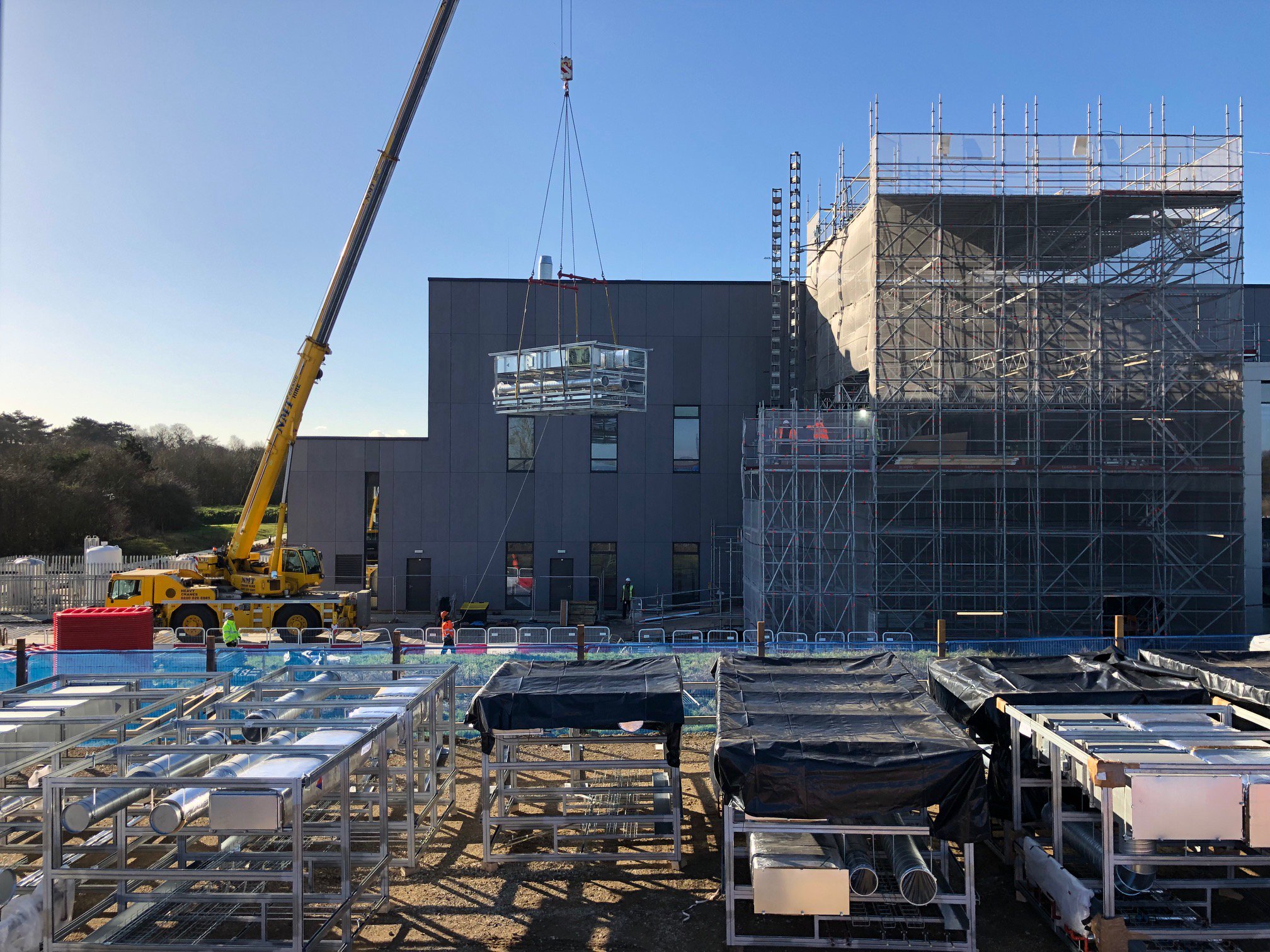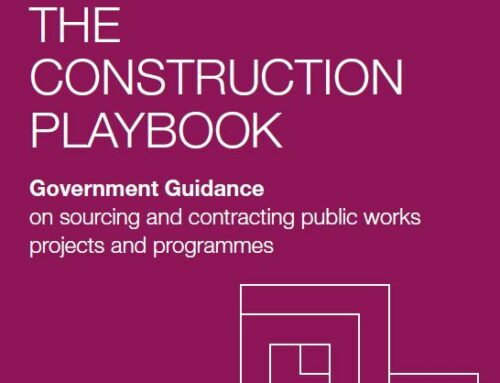Of the five government departments that committed to prioritising offsite construction by 2019, three have not yet awarded any contracts with an offsite component. That’s a disappointing statistic for a government that agreed to adopt the promotion of offsite methods as one of the key recommendations of the Farmer report in 2016.
Farmer was recently reported as saying that a ‘fixation with cost’ was partly to blame in the adoption of offsite construction and that the internal teams within departments need to be re-educated around how to procure value.
While there is a recognised enthusiasm for offsite at a senior level, often the teams actually working on tenders just revert to doing things the way they’ve always been done. There is considerable inconsistency, with education and justice departments incorporating offsite into new projects but to date we’ve yet to see anything in health, defence and transport.
The benefits of offsite construction have been widely recognised for some time but it’s clear that there is less understanding of how to deliver those benefits. The challenge for many in procurement and project design is understanding the changes required to traditional processes. A new approach is needed that revises the order in which things are normally done so that offsite components can be finalised and procured early.
One of the biggest advantages from offsite, along with quality control and safety, is the cost savings from a reduced construction schedule. But for that to work it needs design work to be brought forward to the start of the process so that all of the components of the project are scheduled accurately.
Once public procurement teams look beyond lowest price to understand value, it will enable teams to recognise cost, programme and quality advantages from a collaborative approach to projects that incorporate offsite techniques.
The Government needs to understand that in order to achieve its ambitions to use more offsite construction, a programme of education is needed at an operational level so that procurement and delivery teams understand how to translate ambition into reality.






